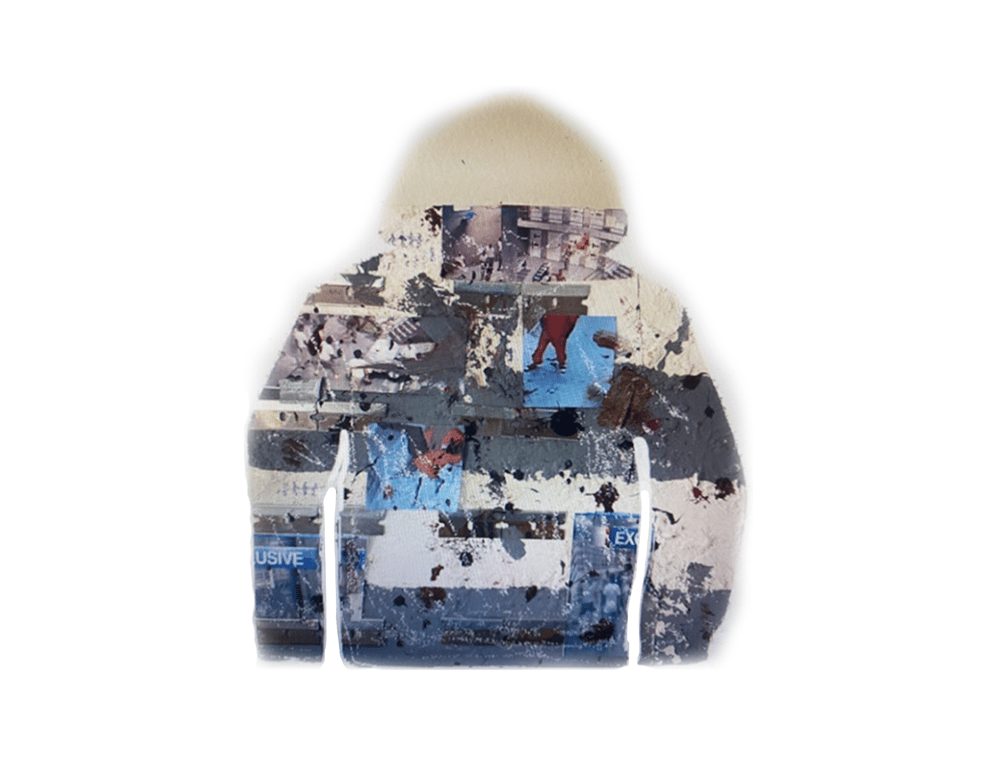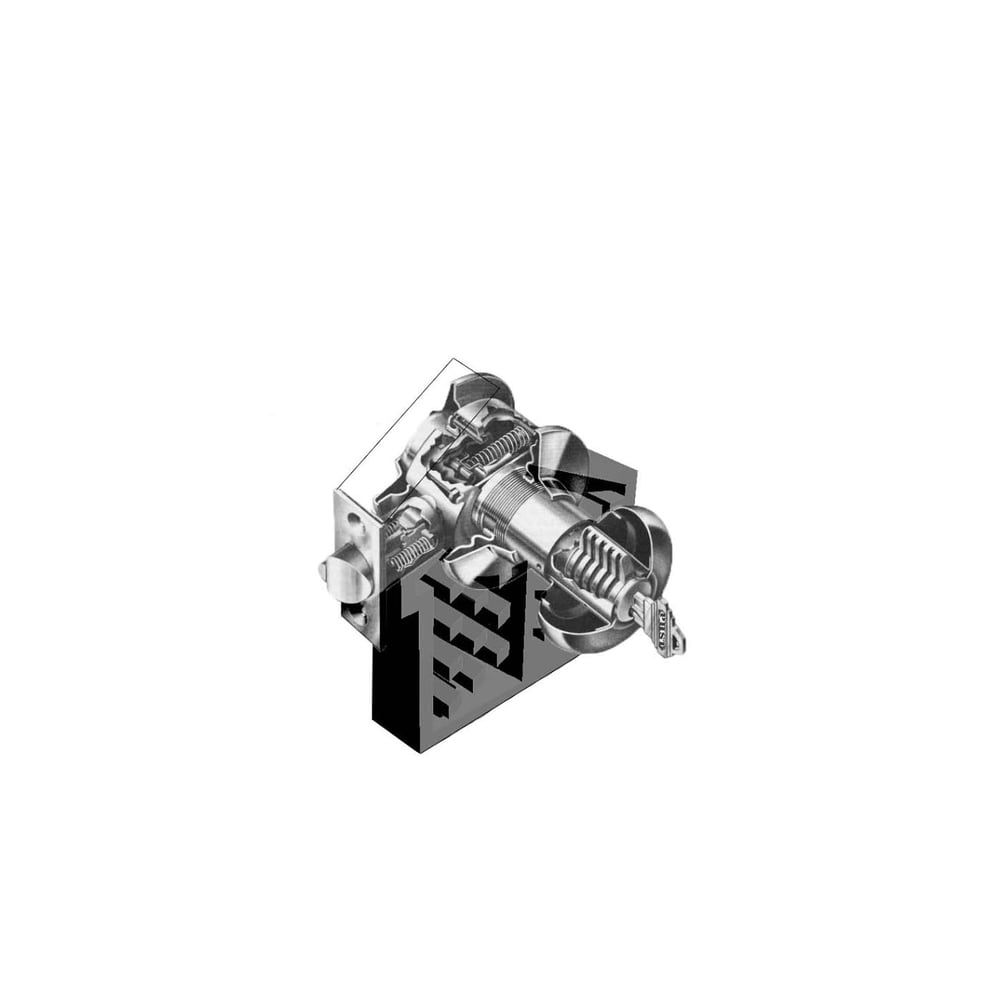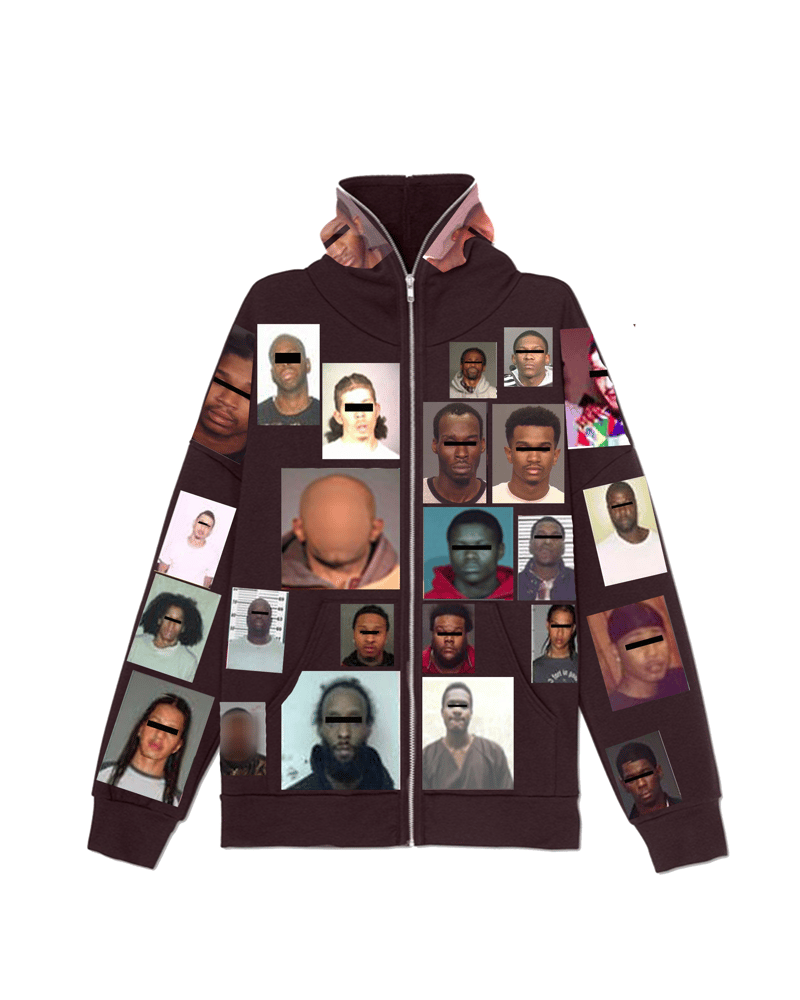Enhanced Interrogation
$199.00
The CIA’s Detention and Interrogation Program allowed the use of so-called “enhanced interrogation
techniques” on detainees captured after 9/11. It was conducted between 2002 and 2009, with the authorization
of officials in the Bush Administration’s White House and the Department of Justice. During that time, 119
detainees were held in CIA custody, and at least 39 were subjected to these techniques. These techniques
constitute torture,1 or cruel, inhuman or degrading treatment—both illegal under U.S. and international law.
Several detainees were waterboarded, and the CIA often used combinations of tactics such as sleep
deprivation of detainees kept in stress positions, or sensory deprivation of detainees who were shackled and in
solitary confinement. This document explains what the so-called “enhanced interrogation” and related
interrogation techniques are, and the physical and psychological effects of their use.
Waterboarding. A well-known torture tactic, waterboarding creates the sensation of asphyxiation or
drowning. The detainee is immobilized on his back and water is poured over a cloth covering his face.
Far from the “dunk in the water” that Dick Cheney has referred to, internal CIA reports describe instances
of waterboarding as “near drownings.” Detainees were often waterboarded repeatedly; Khalid Sheikh
Mohammad (KSM) was waterboarded at least 183 times. Another detainee, Abu Zubaydah, was
waterboarded so often that it led him, at least once, to become completely unresponsive, with bubbles
rising through his mouth. This torture tactic may also lead to bleeding from the ears, severe lung and
brain damage, and lasting psychological damage.2
Walling. This technique involves encircling the detainee’s neck with a collar or towel, and slamming him
against a wall. Despite a requirement to use a false wall to avoid injury, Abu Zubaydah was initially
slammed against a concrete wall. Even in the event that a false wall was used, detainees suffered
extreme injury. Abu Ja’far al-Iraqi suffered from an edema, or swelling, on his head as a consequence of
walling with the use of a false wall.3
Sleep deprivation. The detainees were kept awake by being shackled, forced to stand, or kept in stress
positions in an attempt to destroy their capacity for psychological resistance. This was routinely combined
with nudity and/or round-the-clock interrogation. Although not overtly violent, extended periods of sleep
deprivation can have painful and damaging mental and physical effects. After being forced to stand for 54
hours, Abu Ja’far al-Iraqi required blood thinners to treat the swelling in his legs. Following 56 hours
without sleep, Arsala Khan suffered from violent hallucinations of dogs mauling and killing his family.4
Standing on broken feet. As an extreme form of sleep deprivation, two detainees, Abu Hazim and Abd
al-Karim, were forced to stand for hours with broken feet. Despite recommendations that he avoid weight
bearing for three months, Abu Hazim underwent 52 hours of standing sleep deprivation on his broken
foot, barely a month after his diagnosis. While injured, these detainees were also subjected to walling.
Solitary confinement. Detainees were regularly confined with no opportunity for social interaction. This
was often combined with nudity, sensory deprivation, total darkness or constant light, and shackling. Abu
Zubaydah was isolated naked in a cell with bright lights and white noise or loud music playing. At one
point, he was kept for 47 days in total isolation.5 The dangers of solitary confinement were recognized by
the United States Supreme Court as early as 1890 in In re Medley, where the Court described prisoners
becoming violently insane, committing suicide, and the partial loss of their mental activity.6
Stress positions. These positions are designed to cause pain and discomfort for extended periods of
time, and were often used in combination with sleep deprivation. Detainees were shackled with their arms
over their heads, forced to stay standing, or were placed in cramped confinement, such as coffin-sized
boxes. Abd al-Rahim al-Nashiri was subjected to improvised stress positions that not only caused cuts
and bruises but led to the intervention of a medical officer who was concerned al-Nashiri’s shoulders
would be dislocated. Abu Zubaydah was confined to a coffin-shaped box for a total of over 11 days.7
Rectal feeding and rectal exams. Rectal feeding was used for prisoners who refused food and entails
the insertion of a tube containing pureed food into the detainee’s anal passage. This was used for
behavior control, without medical necessity, despite risks of damage to the colon and rectum, or of food
rotting inside the digestive tract. One detainee, Mustafa Ahmed al-Hawsawi, suffered a rectal prolapse
likely caused by overly-harsh rectal exams.8
Nudity. This form of sexual humiliation relies on cultural and religious taboos, and required detainees to
be fully or partially naked during interrogations or when shackled. Nudity was also regularly combined
with cold temperatures and cold showers. One detainee, Gul Rahman, died of suspected hypothermia
following 48 hours of sleep deprivation, half-naked, in an extremely cold room.
9
Threats. Detainees were threatened with further physical torture as well as violence, death or sexual
abuse against their family. One CIA officer operated a cordless drill near Abd al-Rahim al-Nashiri’s body
while he was blindfolded. KSM was threatened with the death of his children and the abuse of his mother.
Several instances of mock executions were also reported. Such threats have been shown to induce
extreme fear and loss of control, recurring nightmares, and intrusive memories, which are strongly
associated with PTSD and major depression.















































































